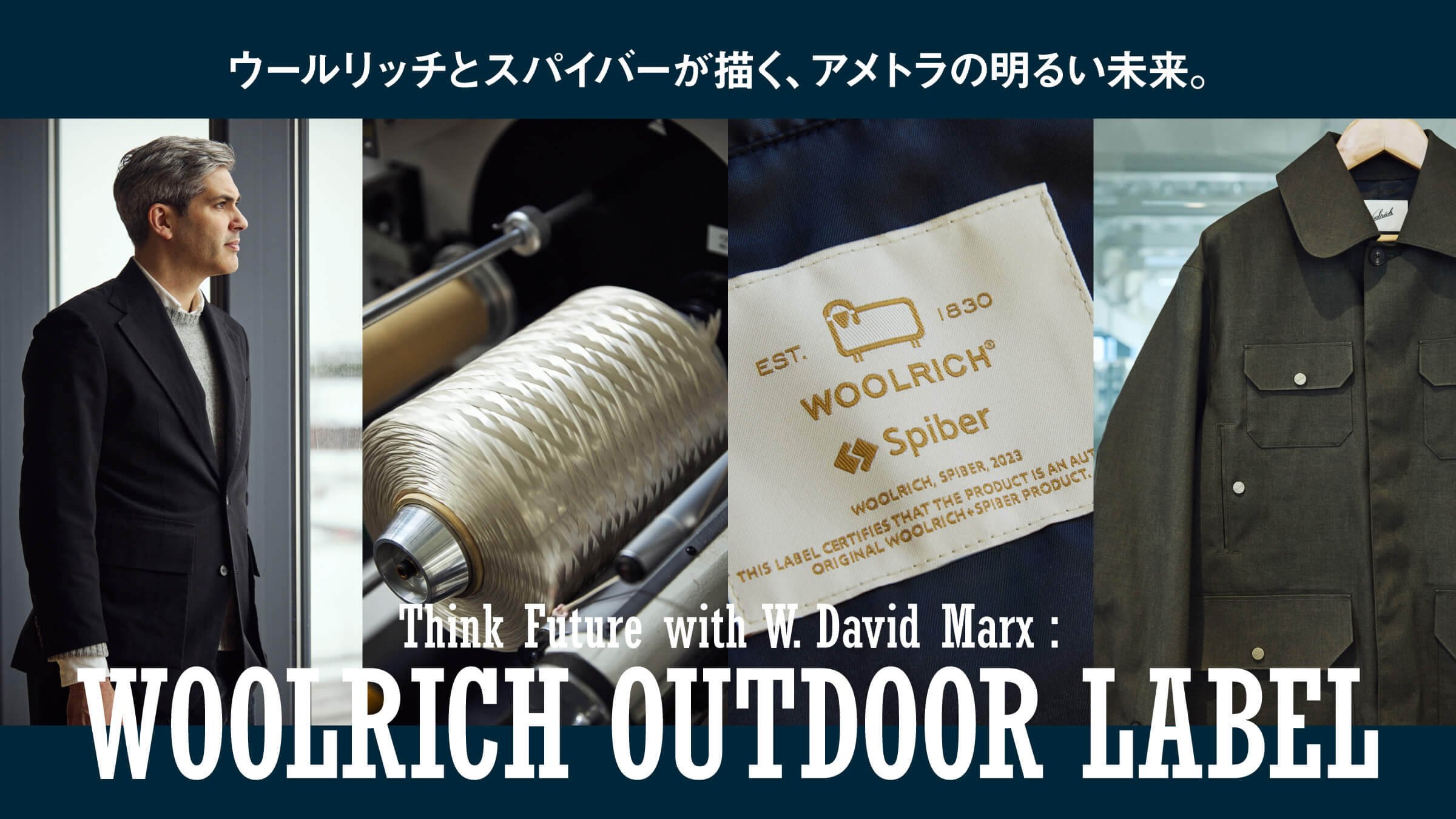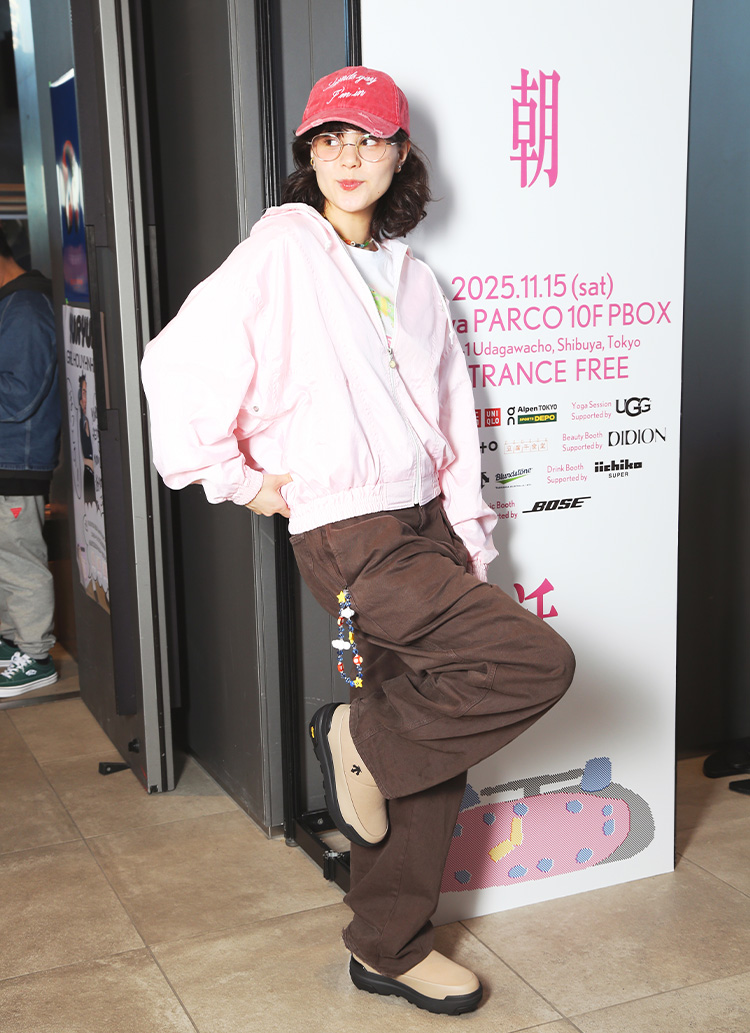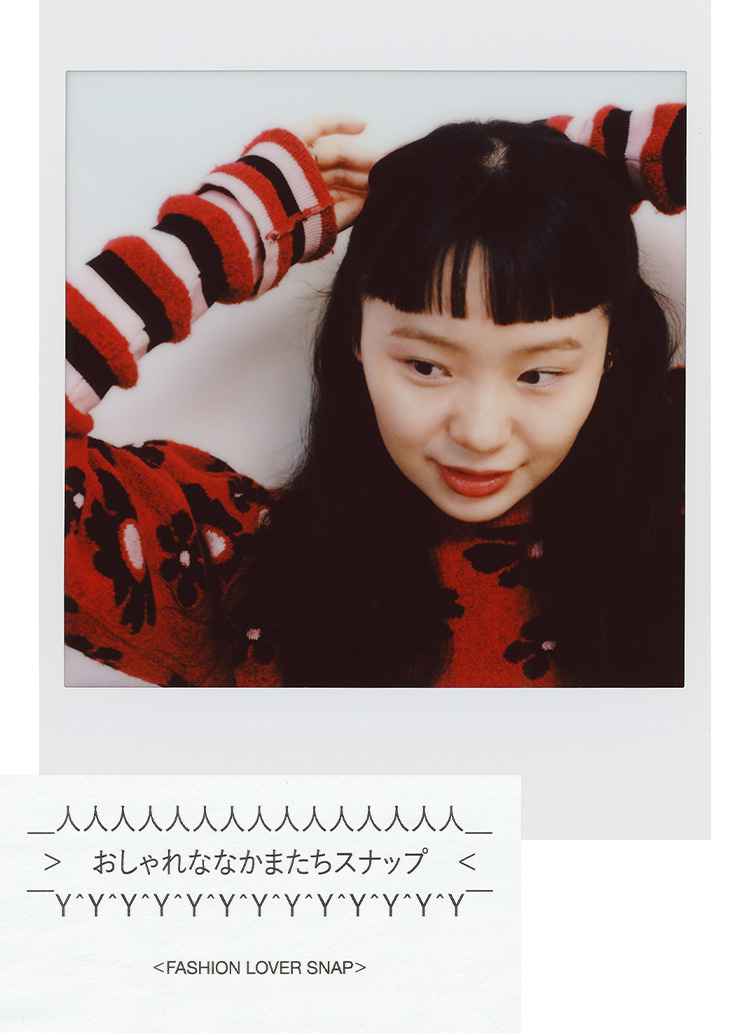Brude Protein™ material was created to solve mankind's problems.

Spybar's headquarters is located about 20 minutes by car from Yamagata's Shonai Airport. Surrounding it is a peaceful rural landscape where wild birds can be seen soaring pleasantly in the wide open sky. It is in this land that the structural protein "Brude Protein ™︎" material was born.
Widely used apparel fibers, such as nylon and polyester, are made primarily from petroleum, which emits microplastics. Wool and cashmere, on the other hand, emit greenhouse gases and use large amounts of land and water, placing a burden on the global environment. Although man-made, the material is said to be highly degradable in soil and marine environments. Furthermore, because of its high versatility, it can be applied not only to apparel fibers, but also to automobiles, artificial meat, and so on.

However, it is not difficult to imagine that the process leading to the development of the new system has been a difficult one. When he was in high school, Kazuhide Sekiyama watched a documentary on the Rwandan conflict and saw it as his own personal problem, rather than as a fire on the other side of the river. He believes that improving such a situation, even if only a little, is of universal value to humankind and is something that should be addressed. After entering Keio University, he began researching biotechnology.

His focus was spider silk. It is said that there are about 50,000 species of spiders on the earth, and "Spybar," in cooperation with universities and research institutes, captured 1,000 of them and analyzed their genes as well as the structure and physical properties of their threads.
Spiders use seven different types of threads in many species. Which spider's threads are made of which genes? What is the structure of the proteins and materials used, and why are spider silk threads more elastic than nylon and stronger than steel? We constructed the database by steadily analyzing such information.
In 2019, 15 years after the research began in 2004, the world's first apparel product employing artificial synthetic protein fibers was released. Research is still ongoing to stabilize and diversify these products.















